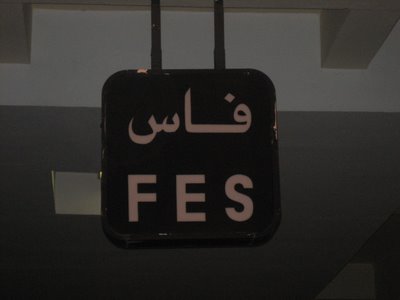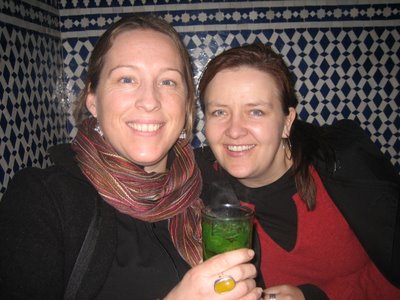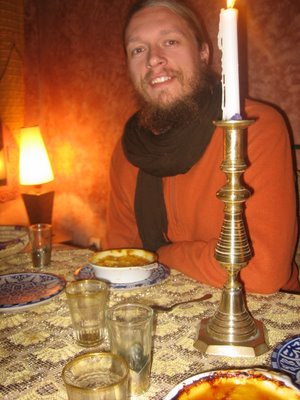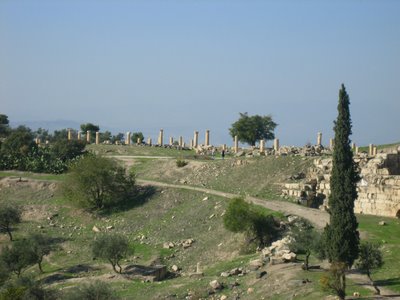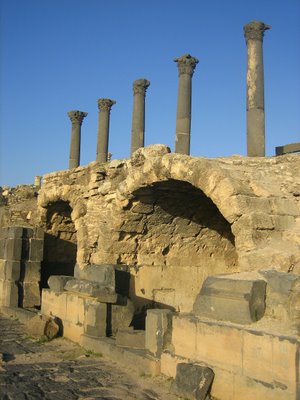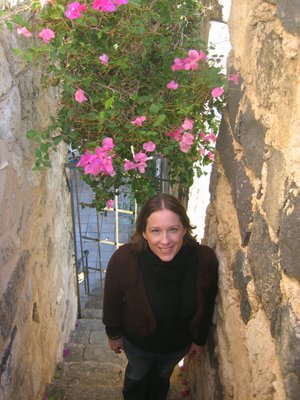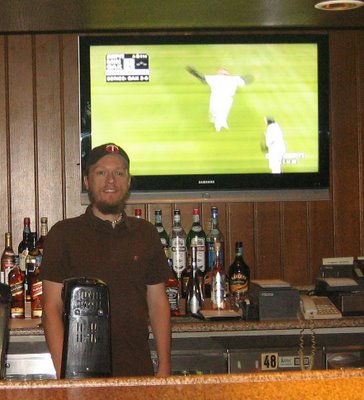
We spent our first week in Tunisia at a conference in Sousse, a resort city of about 160,000 people on the Mediterranean coast about 90 minutes south of Tunis, the capital of Tunisia. We didn't see much of Sousse outside of our hotel, but we did make two short day trips in the area. We also didn't spend any time on the beach because of the colder winter weather, although the sun-starved, red skinned Britains in our hotel in their bikinis and shorts didn't seem to mind.
From Sousse we rode the train two hours south to Sfax, a city of nearly 300,000 and the second largest in Tunisia. Sfax is known for its old, walled city--parts of which date back to the middle of the ninth century--which is called the "finest living and working medina" in the country by our guidebook. We would probably agree with that assessment. It's not famous like Marrakesh or Fes, but it had intriguing, narrow alleyways crowded with Sfaxians, large, impressive walls and a real lack of tourist influence. We stayed with some friends who live there.
Finally, from Sfax we continued down the coast and took the train another two hours south to Gabes, a city of just over 100,000. We stayed with our same friends there, and used the city basically as a base from which to travel further south on our own.
El-Jem, a Roman colosseum located halfway between Sousse and Sfax. Built in the early third century, it was the third largest in the Roman world, and is believed to have been able to seat around 30,000 people. We came here on a day trip from Sousse.

A small part of the walls of the old city of Sousse, which were built in the mid-ninth century.

A sweet, almond dessert treat at a shop in Sousse.

Part of the old city walls of Sfax.

Fresh French bread tempting passersby at a bakery just inside the old city walls of Sfax.

A covered shopping area in Sfax.

Matt with the owner of a rug shop in the old city of Sfax. He said he inherited the shop from his father 50 years ago.

A group of men at outside a coffee shop in Gabes.

A unique street sign in Gabes.

Part of the old city walls of Sfax.

Fresh French bread tempting passersby at a bakery just inside the old city walls of Sfax.

A covered shopping area in Sfax.

Matt with the owner of a rug shop in the old city of Sfax. He said he inherited the shop from his father 50 years ago.

A group of men at outside a coffee shop in Gabes.

A unique street sign in Gabes.














